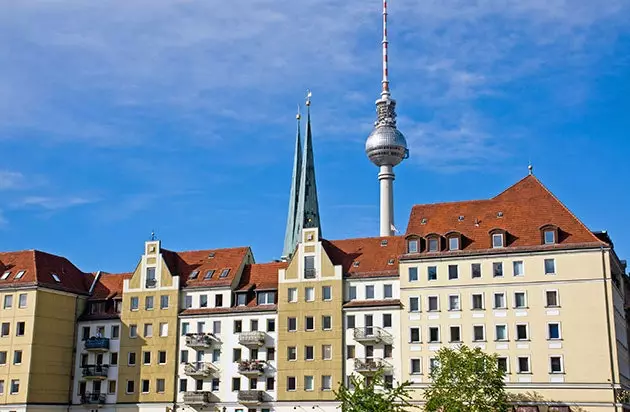
Nikolaiviertel, what remains of Berlin before the 20th century
Nikolaiviertel is known as the oldest residential area in the German capital. Its greatest attraction when visiting it, in addition to the time travel that ensures walking through its alleys, It is the day of good eating, good drinking and good shopping that guarantees.
Attracted by its attractiveness, intellectuals such as Henrik Ibsen or Strindberg became illustrious residents of this neighbourhood, but World War II bombing destroyed much of the site until it turns into rubble. For most of the 1980s, careful reconstruction by architect Günter Stahn raised Nikolaiviertel again, making it look like that small village of the Middle Ages in the middle of the city . And with it the craft workshops, taverns and restaurants that once populated the neighborhood. For this they used remains of medieval houses from other parts of the country, so what you can see and touch there is not a set.
Central and unavoidable stop is that of Nikolaikirche , the Church of Saint Nicholas. It gives its name to the neighborhood and the square in which it is located - the Nikolaikirchplatz - and is unmistakable with its two towers about 85 meters high. It preserves the original foundations, dating from the 13th century. He is, in short, one of the oldest inhabitants of the city.
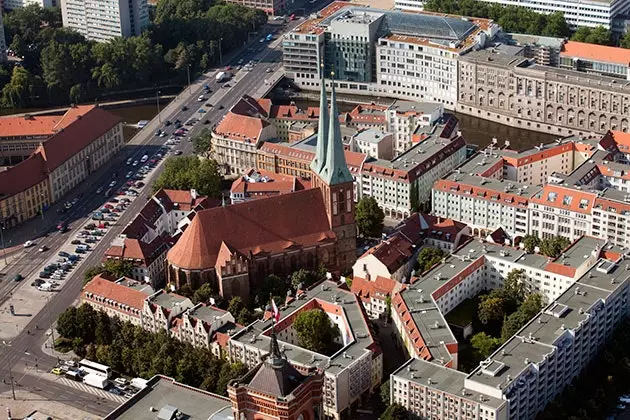
Aerial view of Nikolaikirche
The Knobblauchhaus museum it is actually a private house that contains the essence of the 18th century, when it was built. And it is that not everything is about the Middle Ages in this neighborhood. Inside, its paintings, furniture and documents constitute the best possible reconstruction of the Biedermeyer style , a cultural current that defines a very specific place and time in history (that of the splendor of the Austrian empire) . The members of the jet-set of the time had a great time in houses like this and the visit helps us to get an idea.
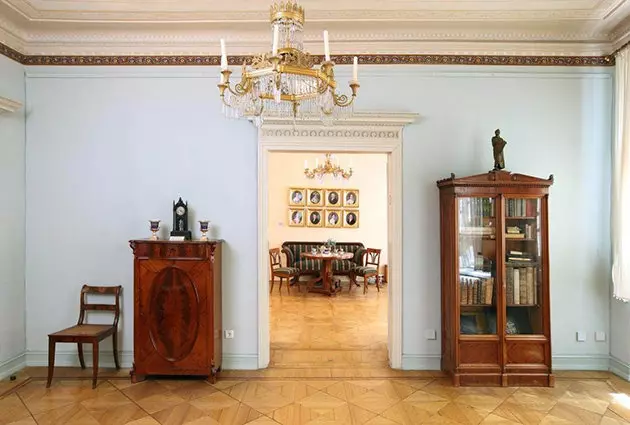
Knoblauchhaus museum: Biedermeyer style
Gasthaus Mutter Hoppe offers, as its name announces, "maternal food" or, what is the same, typical German table dishes at reasonable prices and so authentic that they seem homemade. Its owners sometimes fall into the habit of offering live music -an advantage for some and torture for others, a matter of taste-. Just in case, it is good to know that this complementary option takes place on Fridays and Saturdays from seven in the afternoon. In any case, it is advisable to book in advance.
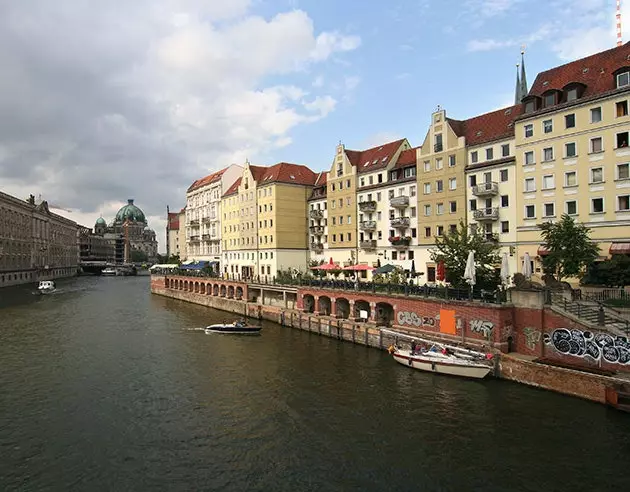
Nikolaiviertel is one step away from Alexanderplatz
Altberliner Weisbierstube it is a traditional pub where to drink real berlin beer . This one in particular has a high fermentation and a lot of gas. Its alcohol content is low, less than 3 degrees. In addition, in its carte you can find almost all the typical German dishes imaginable.
the fences of fifty stores that occupy the pedestrian streets of the area belong mostly to small businesses, also specializing in products from another era. So it is with Klöppelstube a sewing shop full of bobbins (of making lace), which also offer apprenticeship courses. They also sell other types of traditional decorations, but very close to this store there are several establishments that offer a better selection of Erzgebirge porcelain and handicrafts , an area also known as the Ore Mountains located between Germany and the Czech Republic.
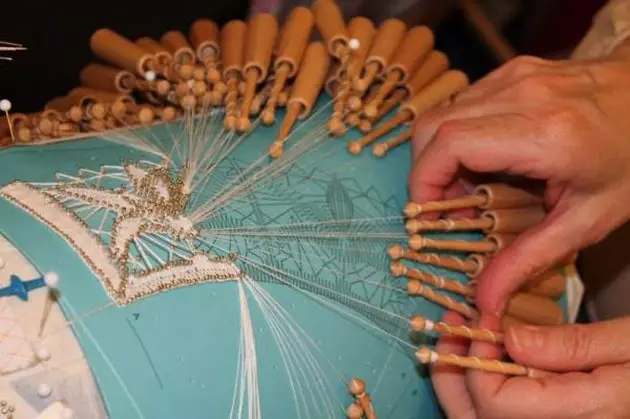
Klöppelstube, bobbin lace
And, although it is not medieval, it is also curious the store specialized in teddy bears, called Teddy's **, which honors the symbol of the city. They are all very cute (very bears actually) and some make a nod to the present, like the little bear in a street sausage seller outfit. Others wear vintage military uniforms or period costumes. The problem is their prohibitive prices: They reach more than 200 euros.
